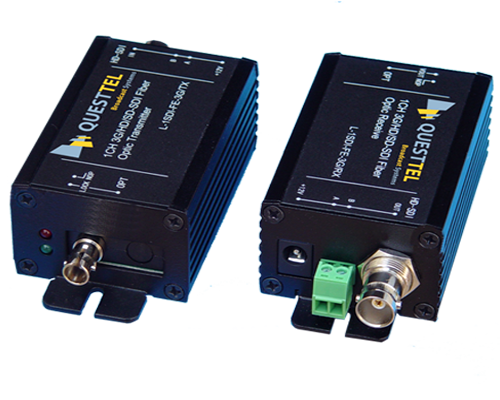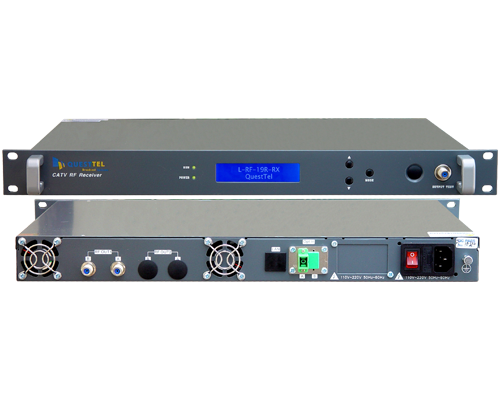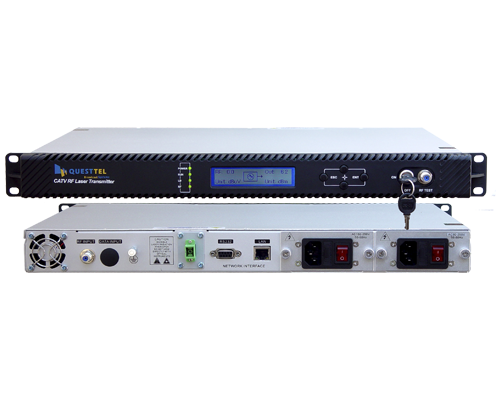Fiber Optic Couplers
There are some types of fiber optic data communication links that demand more than one simple point to point connection. Such kinds of fiber optic data link system have complex design. These complex designs require multi port or other types of connections. In order to support the basic complex nature of such systems, we have to combine or split optical signals throughout the system. Suitable fiber optic components are required to combine optical signals transmitting on these types of systems. These types of systems require fiber optic components that can redistribute by combining or splitting optical signals throughout the system.
Fiber optic coupler is a fiber optic component that can redistribute optical signals in a complex fiber optic link. Defining in simple words, a fiber optic coupler is a device used to distribute the optical signal from one fiber through two or more fibers as the system demands.
The reverse side of the technology of distribution is, fiber optic coupler can also combine or redistribute the optical signal from two or more fibers into a single fiber. Fiber optic couplers can attenuate the optical signal much more efficiently than a fiber optic connector or splice as the input optical signal is divided among the output ports.
There are active fiber optic couplers can and passive fiber optic couplers. Passive couplers redistribute the optical signal without converting into Optical to Electrical (O/E conversion). Active fiber optic couplers need the Optical to Electrical conversion. That is the basic difference between a passive fiber optic coupler and an active fiber optic coupler. In Active couplers, optical signals are first converted into electrical signals, then electrical signals are split or combined and then these electrical signals are converted into optical signals.
Generally the basic type of fiber optic coupler will have n number of input ports and say m number of output ports. The numbers for n and m can vary from 1 to 64. It all depends on the fiber optic link design. The exact number of input ports and output ports vary according to the application for which the fiber optic coupler is used. There are different types of optical couplers. Basic types of fiber optic couplers include tree couplers, optical splitters, optical combiners, X couplers, star couplers etc.
QuestTel shall have no liability for any error or damage of any kind resulting from the use of this document.



